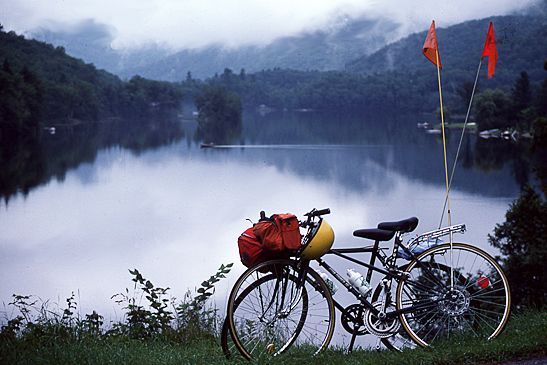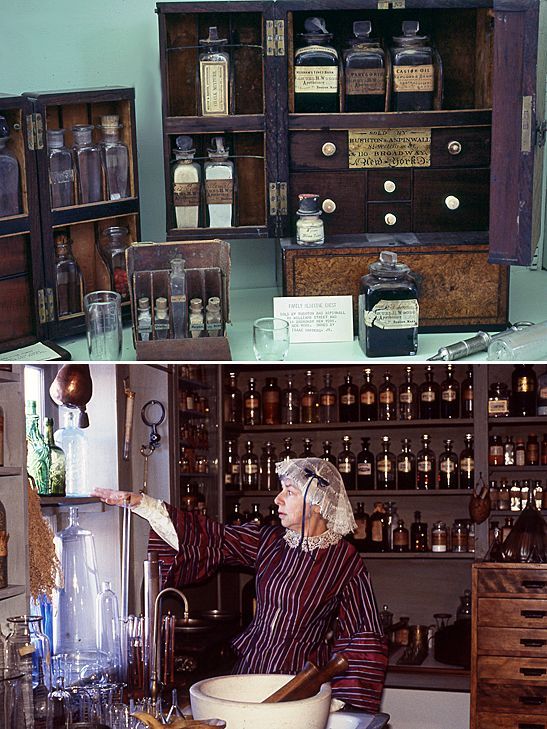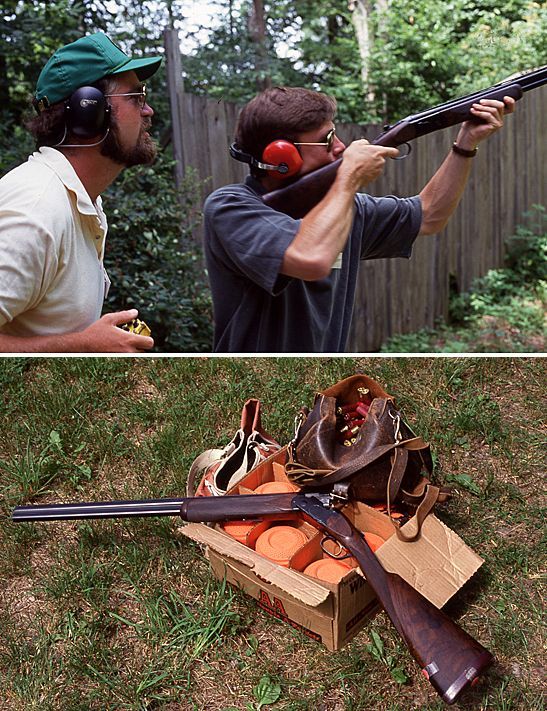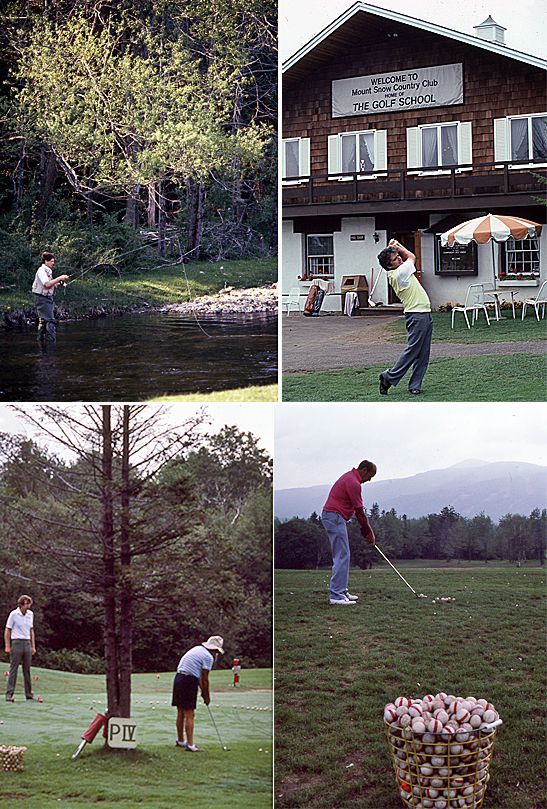Article
Verdant Vermont Part II: Little State with A Lot Happening
Author(s):
Vermont has all the compromises for the eclectic tastes of people on vacation: antiques and discount mall shopping; country inns and Great Old Dame hotels; and museums and outdoor activities.
Photography by the author
In a world where seemingly more is better, little Vermont, the exception to that rule, sticks out like the proverbial sore thumb. Although 42 states are larger than the 9,249 square miles of Vermont, the 625,000 contented souls who live there don’t care about its size.
Hey! There’s even a state with a smaller population. Wyoming only has 568,000 inhabitants (and the governor of Wyoming, giving me that number once at a medical convention, admitted that to get that figure he had counted a few antelope).

To the visitor, small size can be an advantage. John Freidin, a college professor, started Vermont Bicycle Touring in 1972 simply because he enjoyed bicycling and sensed others would also.
“I started VBT in Vermont because the landscape here is scaled to human proportions,” he once told me. “The pace of Vermont is the speed of a bicycle not the automobile.”
He could have added that it’s also the best pace of a vacation. something we forget as we try to see everything when we travel.

I lived in New England for 21 years and Vermont is my favorite state. It has all the compromises for the eclectic tastes of people on vacation. It has antique and discount mall shopping; it has country inns and Great Old Dame hotels; and it has its museums and myriad outdoor activities. And, in between, you can settle down with a book or just sit and let the world make a few turns while you catch up with your life.

A significant number of tourists come looking for antiques. They can still find bargains if they are diligent and know the market but the Yankees in Vermont are no different from the flinty and reserved shop keepers all over New England: they have a short, 10-week traditional tourist season — and their strong suit is not charm and give-away bargains.
A Vermont dealer once told me the chance, for instance, of finding an antique blood letting lancet at a flea market was remote; they’ve all been snapped up by collectors already. But surely looking is part of the fun!

In the Bennington Museum, in the southwest part of the state, sits a superb example of a physician’s traveling case. The museum lies about 15 miles north of the Massachusetts border and about five miles east of New York. The museum was founded in 1852 to celebrate, belatedly, the 1777 Battle of Bennington in the Revolutionary War.

The museum has grown to 11 galleries depicting the essence of Vermont: fine art, furniture, glass, pottery and quilts. It has a special section on Vermont firearms, Grandma Moses and a 1928 Martin Wasp motor car, the only one of the 20 or so locally made cars still in existence. Despite the numerous galleries the museum is fairly compact and visitors could see most of the exhibits in a couple of hours.
The Shelburne Museum up north might require a full day. It has 39 galleries in separate buildings. Checking it out is a marathon tribute to Americana! It’s fun but visitors need to explore its website in advance to find what they want to see.
Most of the buildings have been relocated to this central but sprawling part of the Lake Champlain Valley and represent the lifetime ambitions of one Electra Havemeyer Webb, born in 1888, the daughter of two wealthy art collectors. Her father was the head of the American Sugar Refining Company and a millionaire at a time when the dollar was worth something. Her mother Louisine Havemeyer, in turn, had become an art collector as a teenager.
Louisine was interested in art and visited Paris, France with a relative who was an experienced collector of European art. A note on one of the museum shelves said Louisine had an allowance of $100 a week as spending money for her trip.
The young woman became friendly with the artist Mary Cassatt and they went to the Left Bank together around 1874. The story goes that Louisine saw a painting and offered the artist her $100 weekly allowance to buy the painting. The painter accepted. She picked up her painting. The artist was crying. Apparently, he had been in Paris for a month trying to sell his paintings but had failed to sell any. He had told a friend this was the last day he was going to try. If he couldn’t sell one that day he was going to give up art.
His name? Edgar Degas. Only one painting was acquired by a museum in his lifetime: The Cotton Exchange at New Orleans by the Musée Municipal, in Pau, France.
I should say the present registrar of the museum cannot find the documentation that tells this story. The card seems to have disappeared, misplaced perhaps in one of the 39 galleries — some of which are house-sized. The photograph shows a Shelburne docent in costume as the apothecary in one of the exhibits.

was born in a house near Echo Lake. His home is open to the public, including the bed he was born in. It looks comfortable. Maybe that’s why he liked taking naps as president.

There is more to do in the green mountains of Vermont than poke around in museums and art galleries. So say those who love the outdoors. Many towns and resorts offer hunting, fishing and golf. Distances are not great; you could do all three in the one day. But why?
Why hurry a vacation in old world, laid back Vermont? Why not make it last?

The Andersons, who live in San Diego, are the resident travel & cruise columnists for Physician's Money Digest. Nancy is a former nursing educator, Eric a retired MD. The one-time president of the NH Academy of Family Practice, Eric is the only physician in the Society of American Travel Writers. He has also written five books, the last called The Man Who Cried Orange: Stories from a Doctor's Life.




